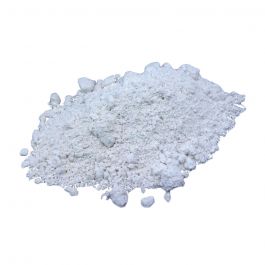- Language
- 🇺🇸
- Joined
- Mar 1, 2024
- Messages
- 343
- Reaction score
- 475
- Points
- 63
ar aliuminis nepadarytų to įtartinesnio? tada tarsi akivaizdu, kad kažką slepiate. bet aš nežinau, niekada anksčiau nesiunčiau narkotikų paštu.
- Language
- 🇬🇧
- Joined
- Jan 19, 2024
- Messages
- 45
- Reaction score
- 31
- Points
- 18
Daugelis žmonių sako, kad aliuminis padeda blokuoti rentgeno spindulius, bet aš manau, kad tai mitas
Švinas padeda blokuoti rentgeno spindulius dėl savo tankio 11400 kg/m³, bet aliuminio tankis yra tik 2700 kg/m³, todėl manau, kad tai nenaudinga.
tinka tik apvynioti narkotikus.
Švinas padeda blokuoti rentgeno spindulius dėl savo tankio 11400 kg/m³, bet aliuminio tankis yra tik 2700 kg/m³, todėl manau, kad tai nenaudinga.
tinka tik apvynioti narkotikus.
↑View previous replies…
- Language
- 🇺🇸
- Joined
- Jan 23, 2024
- Messages
- 112
- Reaction score
- 39
- Points
- 28
- Deals
- 12
nesąmonė! aliuminio folija neblokuoja rentgeno spindulių.
jūsų dopingas yra organinių molekulių krūva. organinės medžiagos rentgeno spinduliuotėje atrodo kitaip nei metalas ir jas galima atskirti.
jei norite blokuoti rentgeno spindulius, turite panardinti savo dopingą į panašų organinį apvalkalą, kad atrodytų kaip kažkas nekalto. bet šioje vietoje sustoju, nes nenoriu atskleisti savo slapstymosi metodų.
jūsų dopingas yra organinių molekulių krūva. organinės medžiagos rentgeno spinduliuotėje atrodo kitaip nei metalas ir jas galima atskirti.
jei norite blokuoti rentgeno spindulius, turite panardinti savo dopingą į panašų organinį apvalkalą, kad atrodytų kaip kažkas nekalto. bet šioje vietoje sustoju, nes nenoriu atskleisti savo slapstymosi metodų.
- Language
- 🇺🇸
- Joined
- May 8, 2024
- Messages
- 49
- Reaction score
- 10
- Points
- 8
Theoretically aluminum can shield against electromagnetic waves, also x-ray.
But the thin layers used mostly are not enough.
There are different ways through which a material can block electromagnetic waves.
Scattering and absorption which often happens in high density, but it also works through the conductivity of a metal, and aluminum and copper for example have a good conductivity, and this allows them to absorb energy from the electromagnetic radiation pretty well, because of their free electrons.
But you would need a thick layer of aluminum, the normal foil is not going to do that well-
But the thin layers used mostly are not enough.
There are different ways through which a material can block electromagnetic waves.
Scattering and absorption which often happens in high density, but it also works through the conductivity of a metal, and aluminum and copper for example have a good conductivity, and this allows them to absorb energy from the electromagnetic radiation pretty well, because of their free electrons.
But you would need a thick layer of aluminum, the normal foil is not going to do that well-
- Language
- 🇺🇸
- Joined
- May 8, 2024
- Messages
- 49
- Reaction score
- 10
- Points
- 8
Also the shielding ability of aluminum is better (lot better) at lower frequencies, and thickness would need to be increased a lot to shield effectively against x-rays. Also at such high frequencies like x-ray denser materials with high Z are normally required because they have a higher probability of interacting with high energy electromagnetic waves, but theoretically every conductor can block them t some point, also aluminum, but you need a very thick layer which is not practical.

